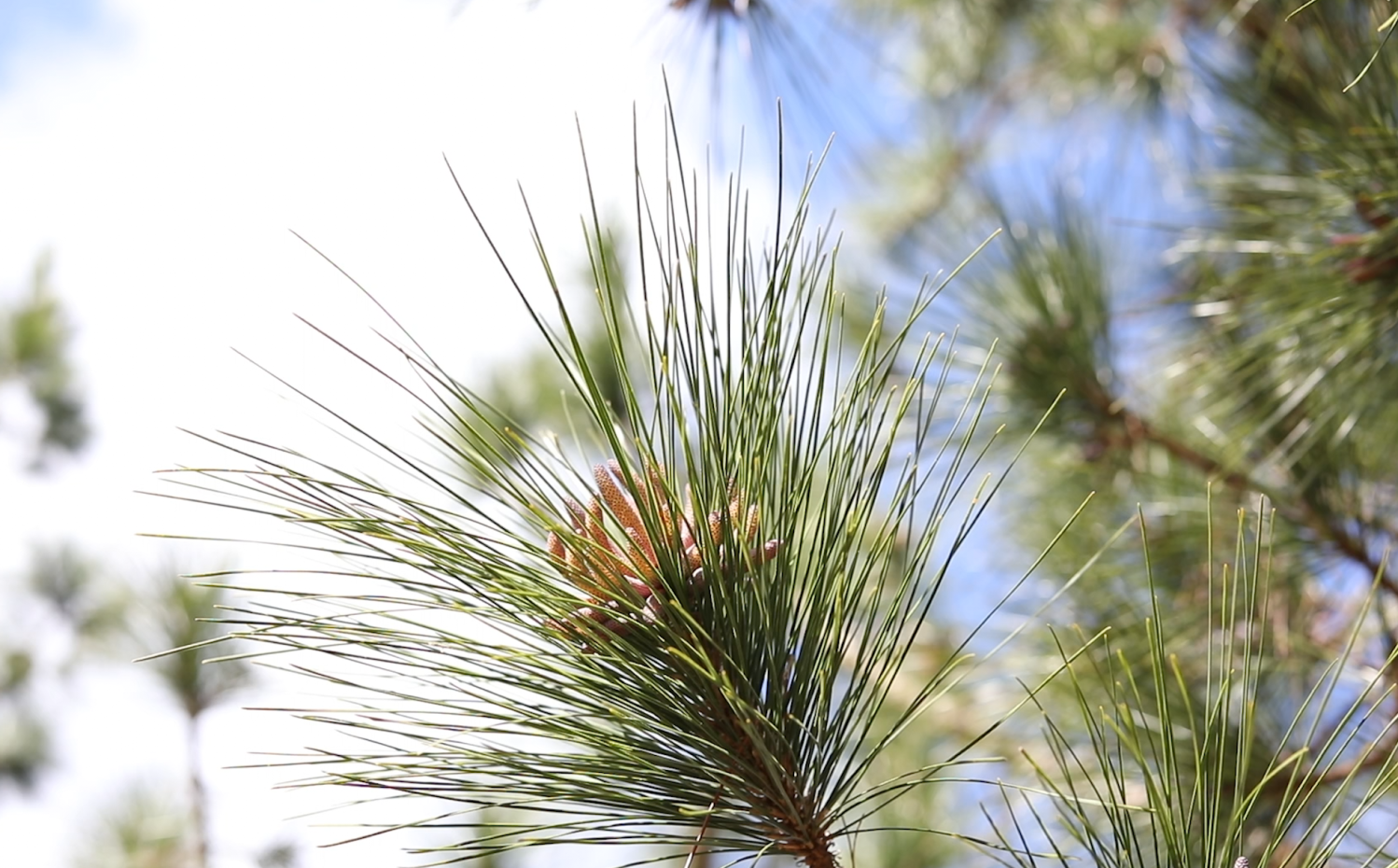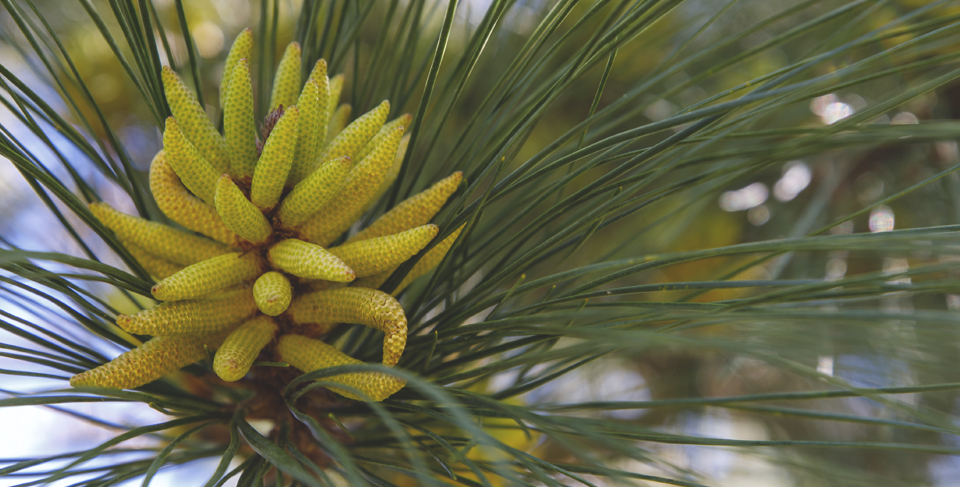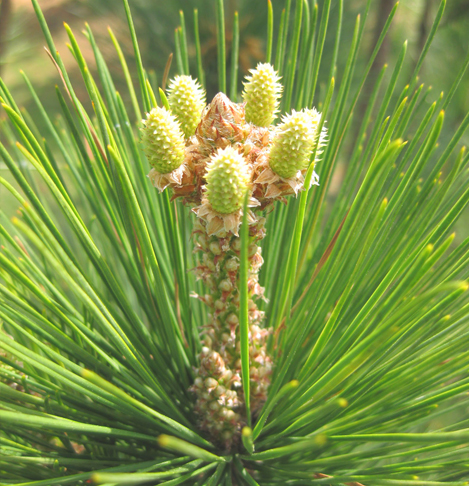Research & Breeding
Breeding Pinecones
Tree improvement foresters work hard to make trees healthier, more disease-resistant and—in the case of trees that may one day become boards or even telephone poles—straighter. This work is done by finding the best tree “families” and breeding them.
Just like humans, every tree has two parents. In pine trees and other conifers, the parents come in the form of pinecones.






